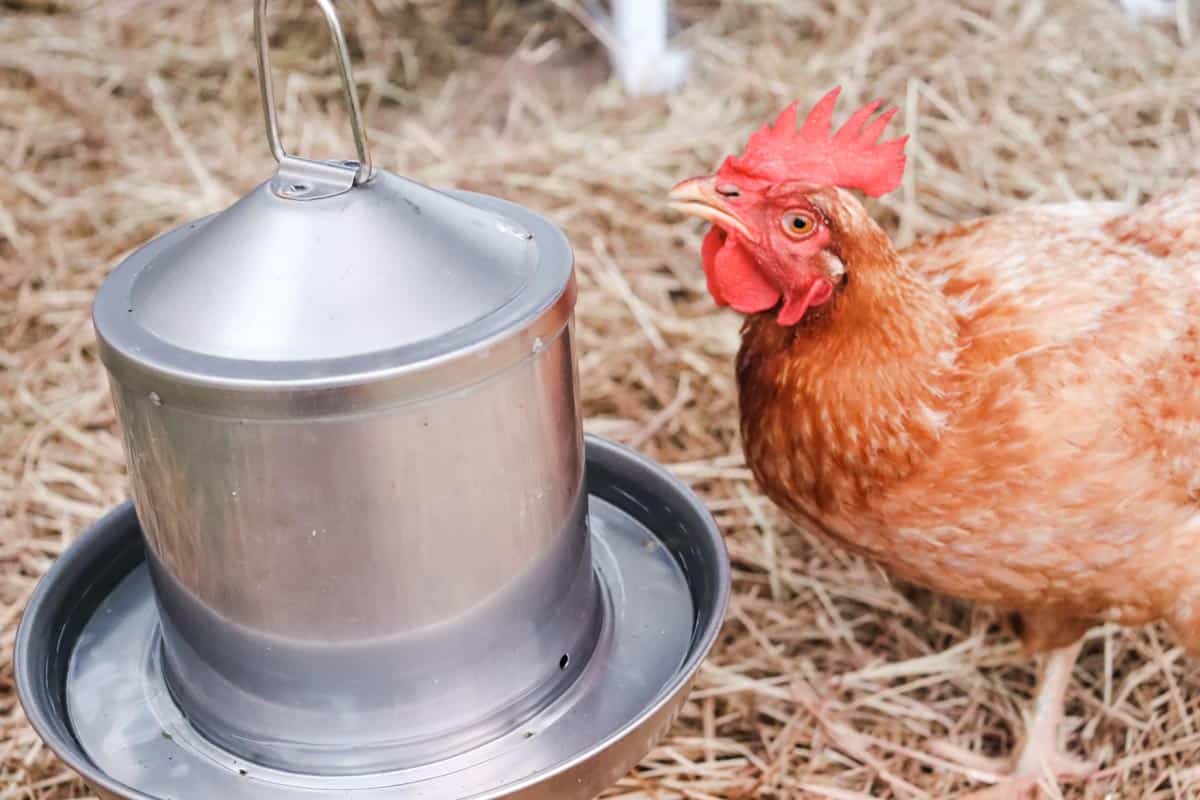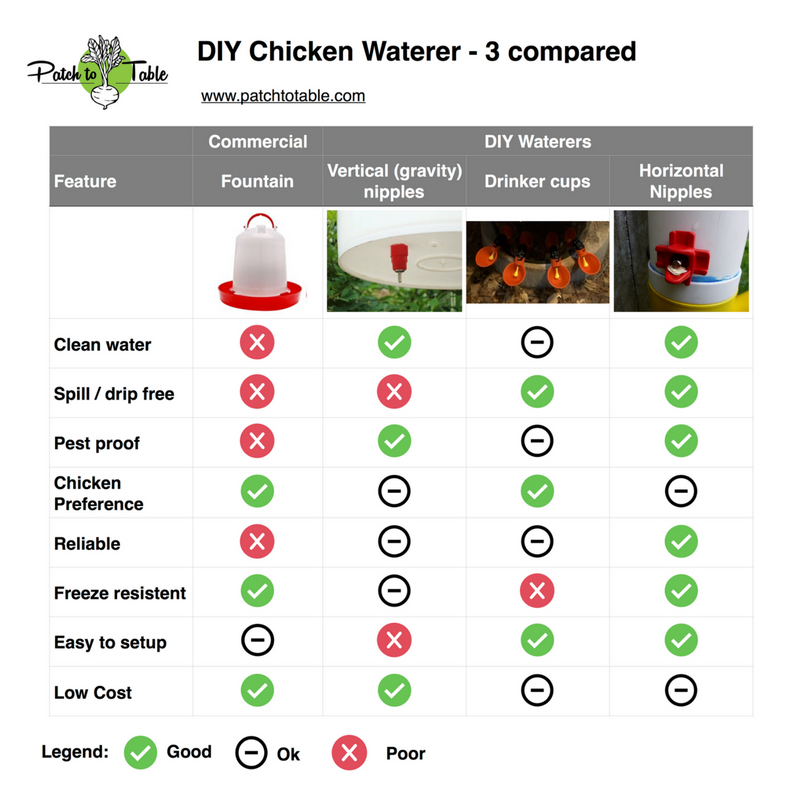Alright, let’s talk chicken waterers. If you’re here, you’re probably fed up, just like I was. Finding a decent way to give your chickens water without it turning into a daily science experiment gone wrong? Yeah, it’s a journey.
My Early Days: A Messy Saga
When I first got chickens, I did what everyone does. Grabbed a shallow dish. Big mistake. Within five minutes, it was full of dirt, chicken poop, and who knows what else. So, I was out there three, four times a day, cleaning and refilling. It was a joke. My chickens were probably drinking more muck than water.

Then I “upgraded” to one of those gravity-fed plastic waterers, the red and white kind you hang up. A bit better, sure. The water stayed clean for, like, an hour longer. But the chickens still managed to knock dirt into the trough part. And then they’d perch on it, or knock it sideways, spilling half the water. More cleaning, more refilling. And in the winter? Forget it. Froze solid. I was hauling frozen blocks of plastic back and forth to the house to thaw. What a pain.
The Quest for Something Better
I started looking online, saw people talking about nipple drinkers. Sounded high-tech for chickens, right? But I was desperate.
So, I bought some cheap ones. The little red screw-in types.
- First problem: getting them into a bucket. Drilled holes, screwed them in. Half of them leaked. Drip, drip, drip. My coop floor was a swamp.
- Second problem: the chickens. They just stared at them. Pecked my fingers when I tried to show them. I thought, “Great, I’ve just dehydrated my flock.”
I even tried those little cup drinkers that attach to PVC pipes. A bit more promising. At least they held a small amount of water. But some of those were flimsy too. The little yellow trigger thing? Snapped off. Or they’d get gunked up. Still, it felt like I was getting warmer.
What Finally Worked For Me
After a lot of fiddling and frankly, wasting money on bits and pieces, I landed on a system that actually works. It’s not rocket science, but it cut my workload down massively and the chickens get clean water.
Here’s what I did:
I got a sturdy, food-grade 5-gallon bucket with a lid. This was key. A good, solid bucket.

Then, I invested in slightly better quality poultry nipple drinkers. Not the cheapest ones, but the ones that have a good seal and a little stainless steel pin. I found the horizontal side-mount ones worked best for my setup, easier for the chickens to get at than the ones hanging straight down from the bottom of a bucket, especially for younger birds.
The process was simple enough:
- I drilled holes in the side of the bucket, near the bottom, making sure they were the right size for the nipples. Snug fit is crucial.
- Screwed in the nipples. I used a bit of food-grade silicone sealant on the threads for some of them, just to be extra sure about leaks, though the good ones often come with a rubber washer.
- Filled it up, put the lid on tight. The lid is important to keep the water clean from dust and, well, more chicken stuff.
- I hung the bucket just high enough so the chickens had to reach up slightly.
For the first day or two, I’d tap the nipples to release a bit of water so they’d see it. Curiosity got the better of them pretty quick. Once one figured it out, the rest followed. Chickens, eh? Monkey see, monkey do.
Why This is My “Best”
Look, is it perfect? Maybe not for everyone. But for me? It’s a game-changer.
The water stays spotlessly clean. No more poop soup.
I refill it once every few days for my small flock, not multiple times a day.

No more spilled water making a muddy mess in the run.
And in the winter? I can easily bring the whole bucket inside if it’s a really hard freeze, or, better yet, I got one of those heated dog bowl bases that the bucket sits on perfectly. Minimal fuss.
Honestly, I spent so much time messing about with those other systems. The amount of scrubbing and worrying I did… this bucket and nipple setup just simplified everything. Sometimes the simplest solution, put together with a bit of thought, is the way to go. Wish I’d just done this from day one.




















